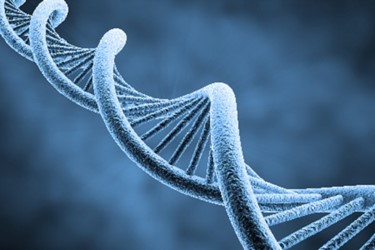R-Loops And Their Key Role In Cancer Research
By Bioradiations Staff

R-loops are cellular three-stranded nucleic acid structures comprised of a DNA:RNA hybrid and a displaced DNA strand. The first R-loops, which can be formed co-transcriptionally in cis and post-transcriptionally in trans by Rad51 and Rad52, were visualized by electron microscopy in 1976 (Costantino and Koshland 2015, Thomas et al. 1976).
Opposite Sides of R-Loop Formation
In recent years, R-loops have been shown to be important in many biological processes; for example, they play a role in regulating gene expression (Ginno et al. 2013, Skourti-Stathaki et al. 2011, Skourti-Stathaki et al. 2014b), DNA methylation (Ginno et al. 2012), histone modifications (Castellano-Pozo et al. 2013), immunoglobulin class switch recombination (Yu et al. 2003), and driving embryonic stem cell differentiation (Chen et al. 2015). Interestingly, R-loops can also be formed at telomeres, which impacts telomere-length dynamics and senescence (Balk et al. 2013).
Based on their importance, it is no surprise that dysregulation of R-loop structures is associated with several human diseases, including neurodegenerative syndromes and cancer (Groh and Gromak 2014). R-loop formation has to be strictly regulated by the cell to ensure genome integrity, for example, the exposed ssDNA on R-loops is more vulnerable to breakage, deamination, and nuclease cleavage, resulting in DNA damage, mutations, and chromosome rearrangements (Constantino and Koshland 2015). In addition, R-loops can block replication fork progression, leading to double strand breaks (Gan et al. 2011). A number of DNA damage and repair proteins such as BRCA1 and members of the Fanconi Anemia protein family are known as important regulators of R-loop levels (Bhatia et al. 2014, Schwab et al. 2015).
Get unlimited access to:
Enter your credentials below to log in. Not yet a member of Drug Discovery Online? Subscribe today.
